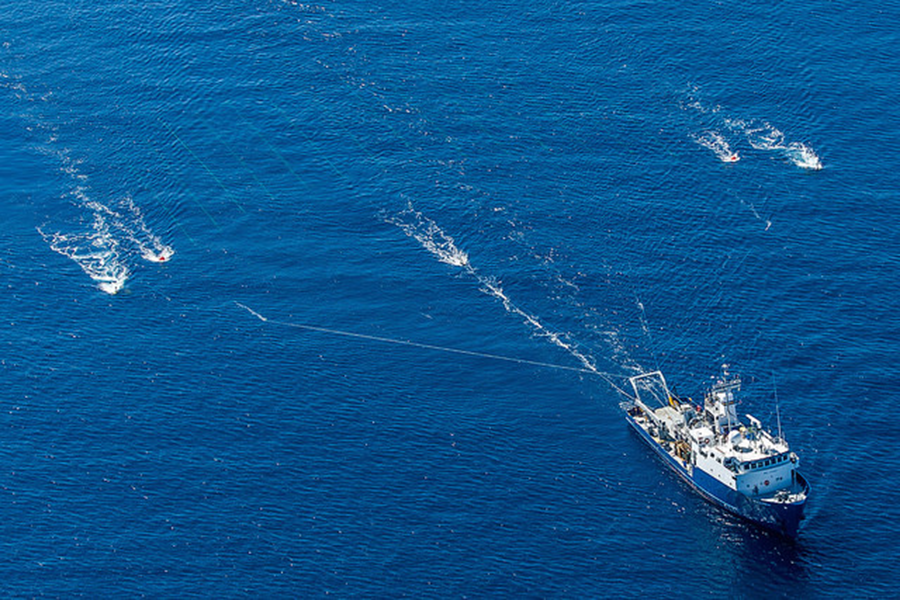Not two but one: Reassessment of Calif. faults hints at possibility of major quake
Loading...
The Newport-Inglewood and Rose Canyon systems, which were previously thought to be separate, actually form a continuous fault line that could produce a major earthquake in the region, according to a study published Tuesday in the American Geophysical Union's Journal of Geophysical Research.
The single fault system, which runs underwater from San Diego Bay to Seal Beach in Orange County and on land through the Los Angeles basin, poses a significant threat to some of the most densely populated areas along coastal Southern California and Tijuanna, Mexico, wrote seismologists from the University of California, San Diego and the University of Nevada, Reno.
By looking through data from previous and new seismic surveys, including bathymetric data gathered offshore, the researchers estimated that the fault could cause up to a magnitude-7.3 quake if the offshore segments rupture and a magnitude-7.4 quake if that rift extends onshore.
“This system is mostly offshore but never more than four miles from the San Diego, Orange County, and Los Angeles County coast,” study lead author Valerie Sahakian said in a statement. “Even if you have a high 5- or low 6-magnitude earthquake, it can still have a major impact on those regions which are some of the most densely populated in California.”
The team identified four segments of the fault that are horizontally offset in a pattern known as stepovers. Since the stepovers are only 1.24 miles wide at most, the team concluded that the points are not wide enough to inhibit a rupture of the entire offshore segments.
If the fault does rupture, it would not be the first time it caused disruption, the researchers warn. The system infamously hosted a quake of 6.4 magnitude in 1933 in Long Beach, Calif., that killed 115 people. The study also found evidence that, along the onshore segment of the system, three to five ruptures had happened in the last 11,000 years on the northern end, whereas one quake occurred roughly 400 years ago on the southern end.
The findings came a few months after another team led by Dr. Sahakian reported finding a new fault line in the Southern California Region, as The Christian Science Monitor reported at the time:
Seismologists in California have discovered evidence of a new fault line that runs along the eastern edge of the inland Salton Sea, parallel to the infamous San Andreas fault (SSAF), according to research published this week.
Up until now the Salton trough fault (STF) managed to remain hidden, despite how well-surveyed and seismically active the state of California is, because it is underwater.
But to better understand and measure the hazard and potential ground shaking posed by the Newport-Inglewood and Rose Canyon system, further study is needed, Sahakian concluded.
This report includes material from the Associated Press.








